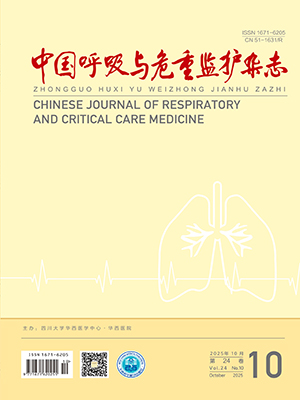| 1. |
|
| 2. |
|
| 3. |
|
| 4. |
|
| 5. |
|
| 6. |
|
| 7. |
|
| 8. |
|
| 9. |
|
| 10. |
|
| 11. |
Chen C, Huang X, Ying Z, et al. Can glypican-3 be a disease-specific biomarker? Clin Transl Med, 2017, 6(1): 18.
|
| 12. |
|
| 13. |
|
| 14. |
|
| 15. |
|
| 16. |
Imon RR, Aktar S, Morshed N, et al. Biological and clinical significance of the glypican-3 gene in human lung adenocarcinoma: An in silico analysis. Medicine (Baltimore), 2023, 102(45): p e35347.
|
| 17. |
|
| 18. |
|
| 19. |
|
| 20. |
|
| 21. |
|
| 22. |
|
| 23. |
|
| 24. |
|
| 25. |
|
| 26. |
|
| 27. |
|
| 28. |
|
| 29. |
|
| 30. |
|
| 31. |
|
| 32. |
|
| 33. |
|
| 34. |
|
| 35. |
|
| 36. |
|
| 37. |
|
| 38. |
Som R, Fink BD, Rauckhorst AJ, et al. Mitochondrial glutamic-oxaloacetic transaminase (GOT2) in the growth of C2C12 myoblasts. J Bioenerg Biomembr, 2025.
|
| 39. |
Johnson MO, Wolf MM, Madden MZ, et al. Distinct Regulation of Th17 and Th1 Cell Differentiation by Glutaminase-Dependent Metabolism. Cell, 2018, 175(7): 1780-95. e19.
|
| 40. |
|
| 41. |
|
| 42. |
|
| 43. |
|
| 44. |
|
| 45. |
|
| 46. |
|
| 47. |
|
| 48. |
|
| 49. |
|




